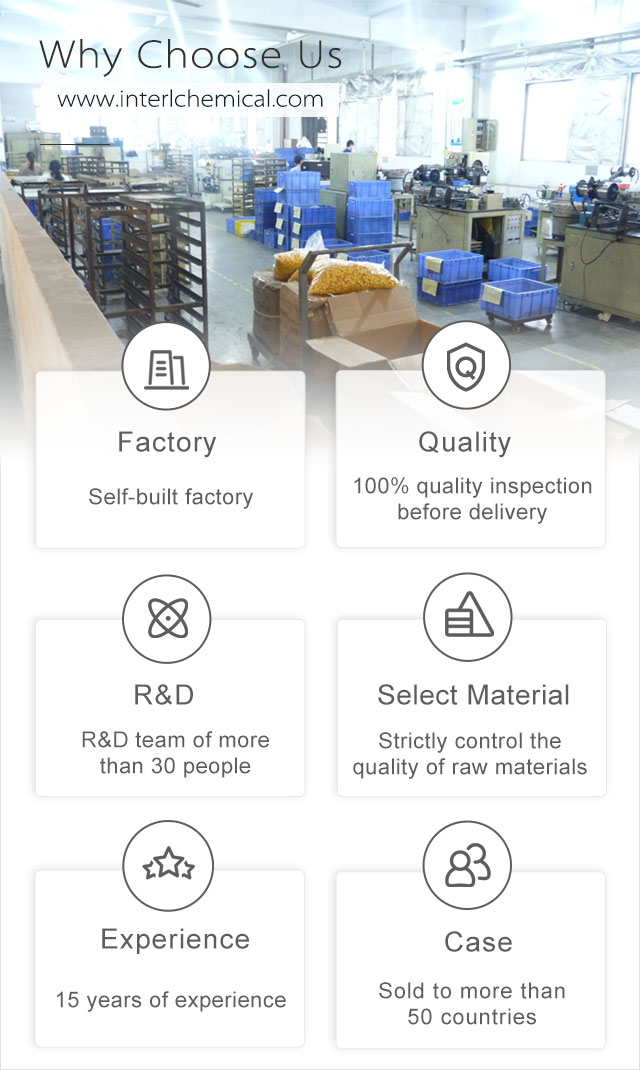





Related Attributes
Product details
1, 2-phenylenediamine powder precipitates from water as white to light yellow leaf-like crystals and from chloroform as prismatic crystals. Exposed to air, it changes color easily, from white to yellow, brown, purple, and finally black. Relative density 1.2698, melting point 103~104℃. Boiling point 256~258℃. Slightly soluble in cold water (4.15 at 35 ℃), soluble in hot water (733 at 81 ℃), ethanol, ether, chloroform and benzene.

1, 2-phenylenediamine Raw Materials with inorganic acids to produce soluble salts; 1, 2-phenylenediamine CAS 95-54-5 aqueous solution reacts with carbon disulfide 1,2-phenylenediamine CAS 95-54-5 in water reacts with carbon disulfide to form 2-mercaptobenzimidazole; reacts with carbon dioxide under pressure to form benzimidazolone.1,2-phenylenediamine CAS 95-54-5 is toxic and causes visual impairment when inhaled, and inflammation when it comes into contact with the skin and also in the eyes. Oral LD501070mg/kg in rats.
Applications / Functions of 1, 2-phenylenediamine powder
Physicochemical Property of 1, 2-phenylenediamine powder
1, 2-phenylenediamine powder has more active chemical properties, can be condensed with acids, aldehydes, ketones and other compounds to obtain heterocyclic compounds, but also can be oxidized, polycondensation, substitution, diazotization and other reactions.

Colorless monoclinic crystals, darkened in air and sunlight. 1, 2-phenylenediamine CAS 95-54-5 slightly soluble in cold water, more soluble in hot water, soluble in ethanol, ether and chloroform.
production methodprocess of 1, 2-phenylenediamine powder
Take o-nitroaniline as raw material, use sodium sulfide reduction method or catalytic hydrogenation reduction method to get 1, 2-phenylenediamine Raw Materials. 21% sodium sulfide solution and o-nitroaniline are added in the reduction pot, warmed up to 90 ℃, closed and warmed up to 105-110 ℃, the pressure is increased to 0.1-0.2MPa, stirred and reduced for 5h, cooled down to below 40 ℃, filtered. 40 ℃ or less, filtered. The filter cake is heated and melted, distilled under reduced pressure, and the 140-210 ℃ (7.89kPa) fraction is collected as o-phenylenediamine, with 70-80% yield. The hydrogenation process is carried out in an autoclave, the reaction temperature is 95-105℃, the pressure is about 2MPa, and the hydrogen reaction is passed under the action of nickel catalyst for about 1h, until the hydrogen pressure does not drop.The yield of 1, 2-phenylenediamine CAS 95-54-5 is above 97%.

There are several methods for its preparation as follows.
Using o-nitroaniline and sodium sulfide solution at a pressure of 98-196kPa, reaction temperature of 105-110 ℃, can also be carried out at a reaction temperature of 120-130 ℃ and atmospheric pressure, the reaction time of 3-4h, to get 1, 2-phenylenediamine Raw Materials.
Using o-nitroaniline as raw material and Raney nickel as catalyst, the product was obtained by controlling the temperature at 95~105℃ in an autoclave, continuously passing hydrogen until the pressure did not drop, and stirring the reaction under 1.960MPa pressure. Among the above two preparation methods, the purity of the product obtained by sodium sulfide reduction method is higher, the process route is more mature, and more factories in China use this method to produce 1, 2-phenylenediamine powder, but this method has poorer labor protection conditions and more wastewater. The catalytic hydrogenation method still has some problems in the process, industrialization needs to be further improved. In addition, there is o-dichlorobenzene ammonia decomposition method, which has been studied by many domestic units, but has not been industrialized.
Why choose us?

HRK Factory

About Shipping

Pharmaceutical Intermediate manufacturers
©2023 Xi'an Henrikang Biotech Co., Ltd.,